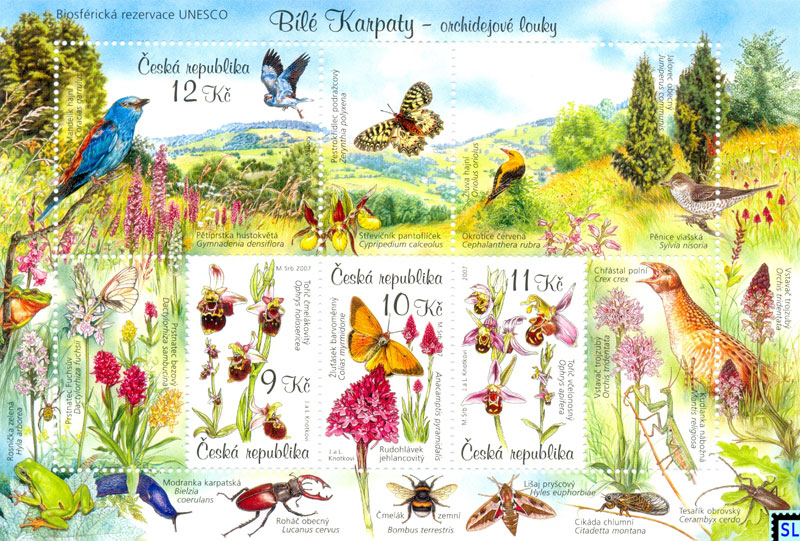The number of insect species and insect abundances decreased severely during the past decades over major parts of Central Europe. Previous studies documented declines of species richness, abundances, shifts in species composition, and decreasing biomass of flying insects. In this study, we present a standardized approach to quantitatively and qualitatively assess insect diversity, biomass, and the abundance of taxa, in parallel.
We applied two methods: Malaise traps, and automated and active light trapping. Sampling was conducted from April to October 2018 in southern Germany, at four sites representing conventional and organic farming. Bulk samples obtained from Malaise traps were further analyzed using DNA metabarcoding. Larger moths (Macroheterocera) collected with light trapping were further classified according to their degree of endangerment. Our methods provide valuable quantitative and qualitative data.
Our results indicate more biomass and higher species richness, as well as twice the number of Red List lepidopterans in organic farmland than in conventional farmland. This combination of sampling methods with subsequent DNA metabarcoding and assignments of individuals according depending on ecological characteristics and the degree of endangerment allows to evaluate the status of landscapes and represents a suitable setup for large-scale long-term insect monitoring across Central Europe, and elsewhere.
Source:
Axel Hausmann et al. Ecology and Evolution. 2020;00:1–12

- Login om te reageren
